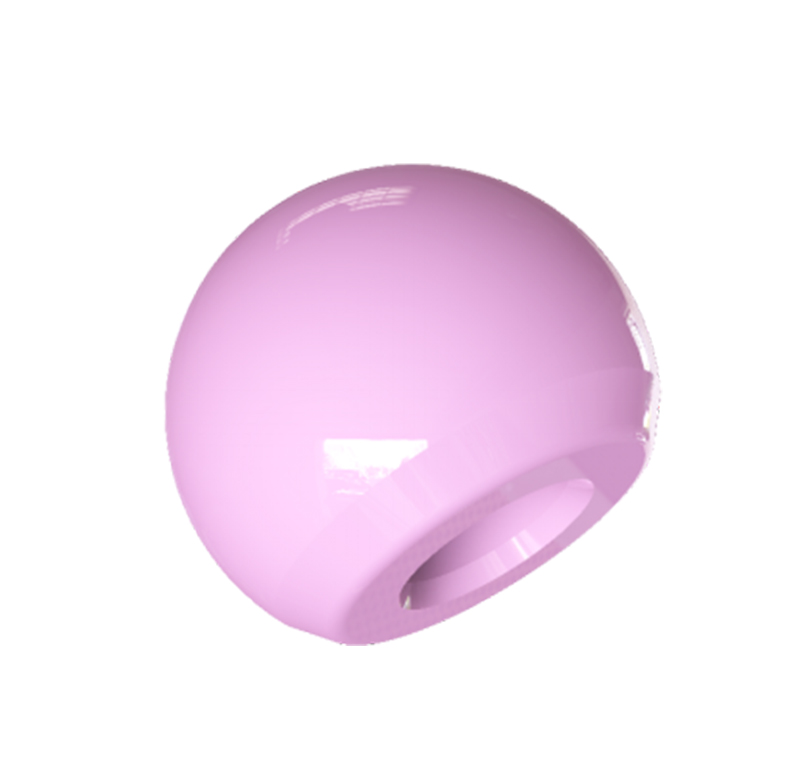Brief Introduction of Hip Replacement 2
 May. 12, 2020
May. 12, 2020
In the 1970s and 1980s, the improvement of fixation methods and materials of low friction joint replacement was dominant. Most people think that the failure of prosthesis is caused by bone cement, resulting in the term of "bone cement disease". In order to avoid the use of bone cement during operation, which promotes the development of non bone cement prosthesis, and the emergence of "matched" acetabulum, the metal cup is implanted and then the polyethylene lining is inserted into the locking device. This important separation of load-bearing function and fixed function, which can optimize both, is the key progress in this period.
From the late 1980s to the early 1990s, the high failure rate of all-polyethylene acetabular prostheses was widely concerned. Therefore, the consensus meeting held in 1994 used a combination of non-cemented acetabular cups and cemented femoral prostheses. That is, the mixed total hip joint is regarded as the standard. However, osteolysis and prosthesis failure still occur. As the indications expand, younger and more active patients begin to undergo total hip replacement. The number of failures and the degree of bone defects are becoming more and more noticeable.

At the same time, ceramic-to-ceramic hip replacement surgery continues to be used. The leader of the French genre is Boutin's student LaurentSedel, who firmly believes that ceramic technology is the best choice and is committed to improving this technology. He worked with a French-made Ceraver, using the design and manufacturing technology of the shank neck taper developed by the Germans, so that it is no longer necessary to fix the ceramic head with bone cement. He also began to use bone cement to fix the improved titanium alloy handle with great success. But acetabular prostheses are still a key factor that plagues long-term results. The integrated ceramic mortar cup, whether it is fixed with bone cement or non-bone cement, has an unacceptably high loosening rate, resulting in revision. Laurent described "this revision is easy" because there is less bone lysis, which is still the advantage of ceramic articular surfaces, encouraging its users to continue to optimize and find solutions to acetabular fixation.
Some surgeons appreciate the Mittelmeier design. This prosthesis is sold worldwide and there are many implant cases in Europe and Asia. In 1985, Richards introduced the product to the United States, but because the surgeon was not familiar with the spiral cup technology, the operation was difficult, and the prosthesis was not commercially successful. Looking back, there are indeed some problems with the design of the prosthesis. Spiral acetabular cups are difficult to place the prosthesis in the correct position. The thick threads increase the difficulty of adjusting the position of the prosthesis. When the acetabular cup is repositioned or reversed, the acetabulum is often damaged and the quality of the fixation is affected. The ceramic head and neck are limited in length, and the elongated head has a huge ceramic extension that is mushroom-shaped. This design can cause impact, increase ceramic debris and mortar cup stress, both of which are likely to cause loosening. Femoral prostheses also have problems. Although the early femoral prosthesis began to use a press-fit design, there were no micropores or other coatings, and the femoral stem loosening rate was very high. As these problems start to become apparent, and other systems can achieve better short-term and medium-term results, the product eventually withdraws from the US market after three to four years.
The above information is provided by femoral head total hip replacement manufacturer.













